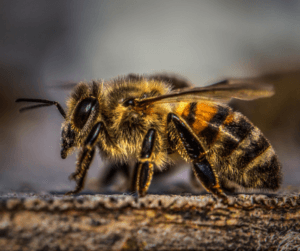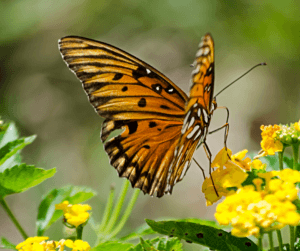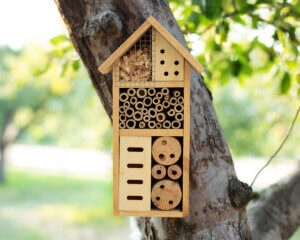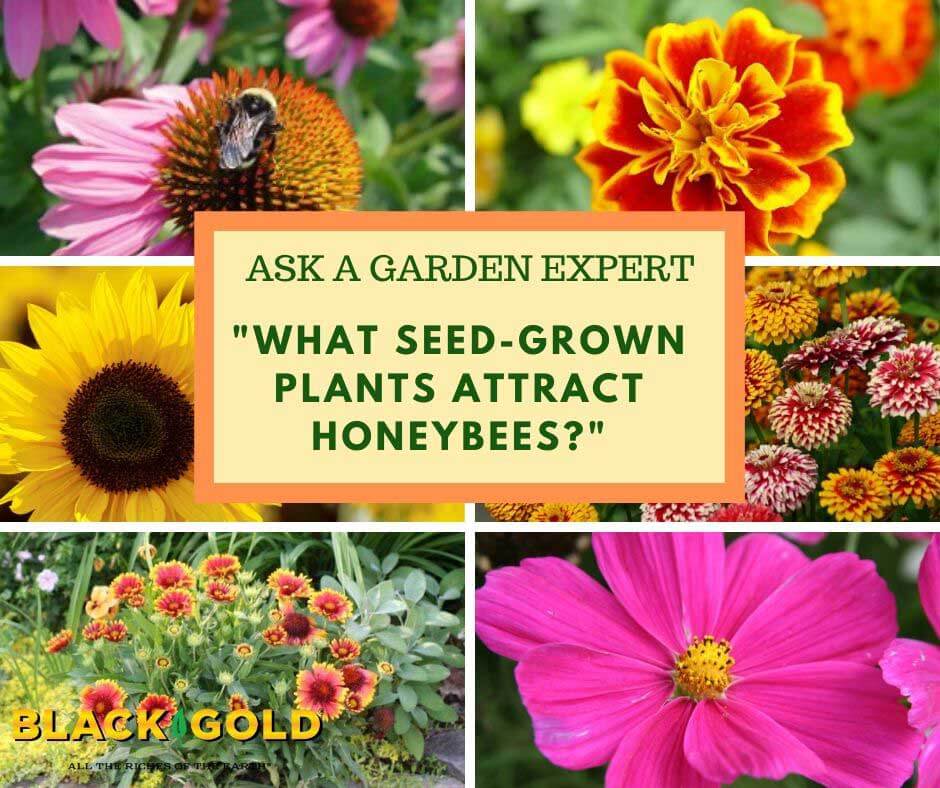
Many Salvia species and varieties, whether annual or perennial, are tall, bold, and bloom continuously throughout summer or fall. Their flowers are favored by most pollinators, especially hummingbirds. An additional inviting fact: quite a few species are North American natives.
I have grown salvias in my garden for over 30 years, and annually plant favorites while seeking new varieties each year. When choosing new salvias, I look for brightly colored, low-maintenance options known to attract pollinators. Most require full sun, average soil with good drainage, and occasional deadheading. With good care, they should perform admirably into the fall months.
Mexican Bush Sage
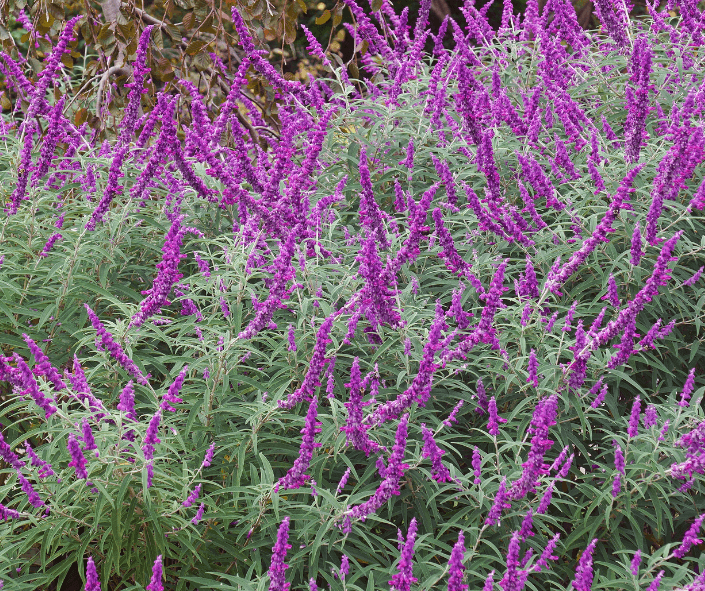
Expect Mexican bush sage (Salvia leucantha) to start blooming in late summer or early fall. The Mexican native has silvery strappy leaves, an upright habit, and wands of fuzzy flowers of purple, magenta, or silvery white. The plants thrive in warm weather and will tolerate moderate drought once established. A common variety with strong color is the purple-flowered ‘Santa Barbara’.
Salvia Rockin’® Blue Suede Shoes™

The award-winning Salvia Rockin’® Blue Suede Shoes™ from Proven Winners is a sensational cultivated hybrid of the 4-5 foot blue anise sage (Salvia guaranitica), another plant worth growing. The cultivar has won awards and accolades for one good reason; its solid garden performance. The bushy, 3-foot plants bloom nonstop in hot summer weather and will continue to flower until frost. No deadheading is required of these self-cleaning plants.
Tall Scarlet Sage

The old-fashioned Van Houtte Scarlet Sage (Salvia splendens ‘Van Houttei’, Zones 7-9, 3-4 feet) was first introduced in the 1800s and continues to be planted today. Its flowers are darker red than average, and the stems are taller than most scarlet sage varieties. Provide full sun and deadhead regularly for nonstop summer flowering.
Tall Orange Sage

Here is a salvia I’d like to see more of in gardens: Skyscraper™ Orange Salvia (S. buchananii x S. splendens Skyscraper™ Orange, Zones 10-11, 2-2.5 feet) from the Ball® Seed Company. It is a real beauty with spires of orange-red flowers that bloom all summer and fall. The blooms are profuse on the 2019 Classic City Award winner (University of Georgia garden trials). I try to plant one every year!
Texas Sage

The Texas and Mexican native Texas sage (Salvia greggii, Zones 6-10, 2-3 feet) is a bushy perennial with bright red flowers first appearing in the late summer. Bees and hummingbirds enjoy the blooms. There are many cultivated varieties available in traditional red as well as pink and white hues. A favorite is the choice, ever-so-lovely Teresa’s Texas Sage (Salvia greggii ‘Teresa’) with its pale pink and white flowers.
As the plant’s origins suggest, Texas sage tolerates hot, dry weather once the plants are established in the garden. Excess soil moisture can kill them, so plant yours on high ground.
Pineapple Sage

Golden Delicious pineapple sage (Salvia elegans ‘Golden Delicious’) has the benefits of delightfully colorful foliage through summer and spikes of scarlet flowers in the fall. Expect migrating hummingbirds to visit the blooms. The unflagging plants thrive in hot summer weather, and the decorative leaves smell of minty pineapple.
Wendy’s Wish Sage
Wendy’s Wish (Salvia ‘Wendy’s Wish’, Zones 9-10, 3-4 feet) has long, slender stems of tubular, magenta-pink flowers. It is a favorite in my garden and invites hummingbirds and bees by the dozens. I place mine in the back of the border alongside my favorite tiger-striped canna, ‘Striata‘.
Salvia and Pollinators

All flowering sages are pollinator-friendly. Salvia flowers are most favored by bees and hummingbirds because their blooms are easily landed upon by visiting bees or fed upon by hovering hummingbirds. Nonetheless, the occasional butterfly may also manage to visit the flowers for nectar (image above).
Any of these salvias will grow beautifully in a sunny location with sharply drained, average to fertile soil amended with Natural & Organic Black Gold Garden Compost Blend. Their imposing heights make them most suitable as back-of-the-border plants or specimens in large pots. All mix beautifully with tall, airy ornamental grasses. Deadhead plants as their blooms begin to fade, and enjoy.



